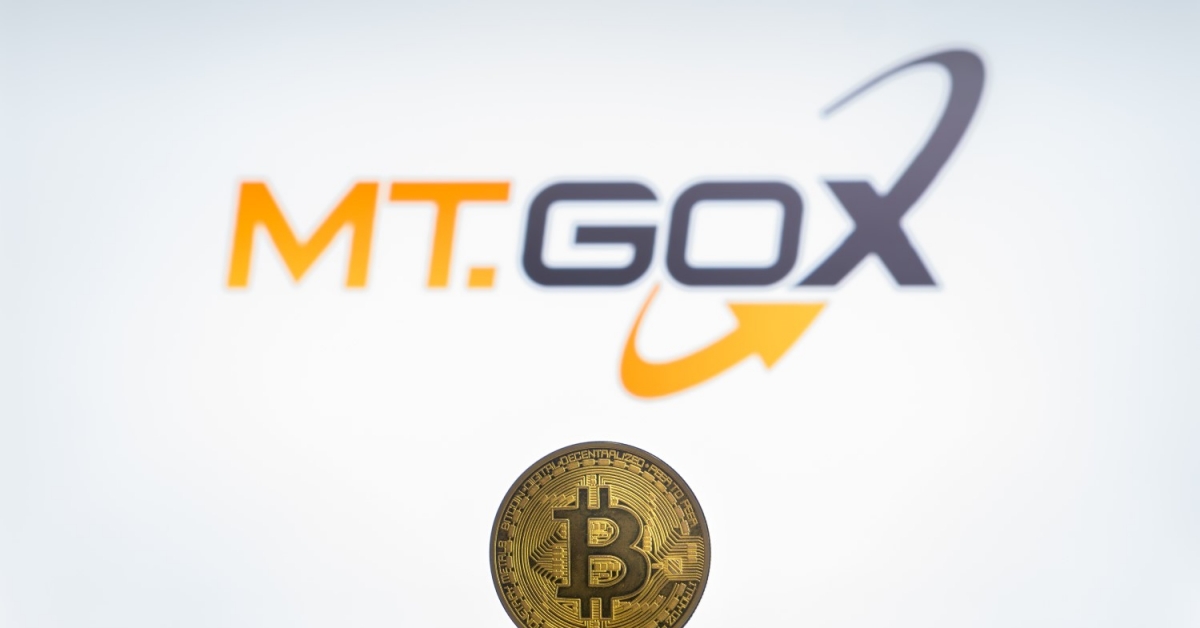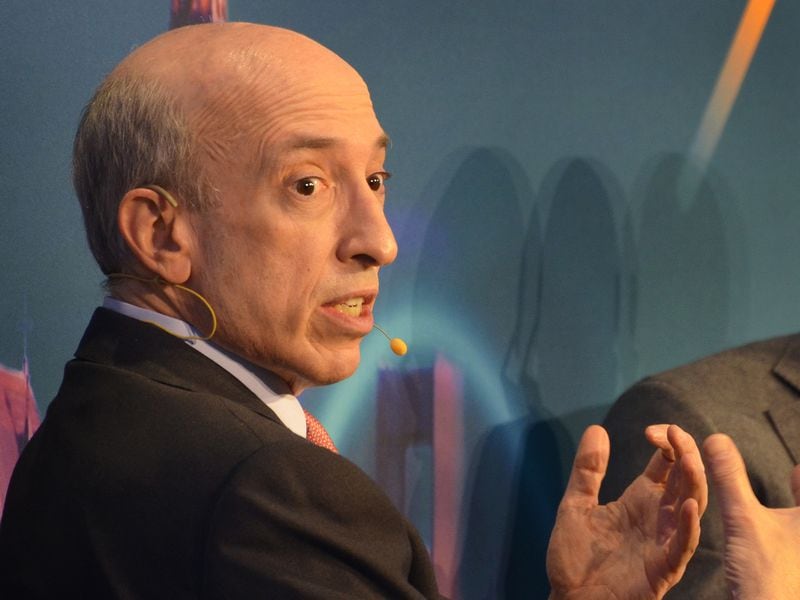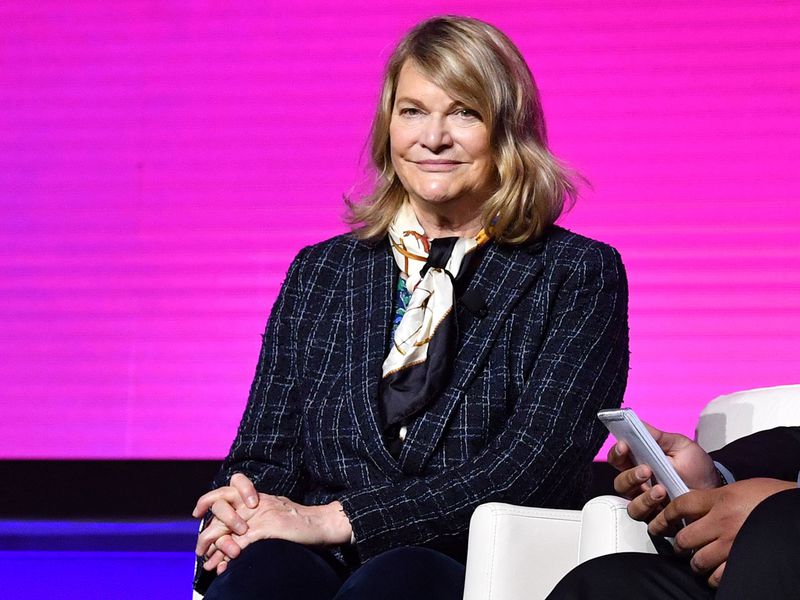Block.One Will Not Launch Its Social Network on EOS
Block.one CEO Brendan Blumer speaks at the Voice launch event, June 2019. (Photo courtesy of Block.one)
In June when Block.one, the company behind the largest initial coin offering (ICO) in history, announced its Facebook-challenging social network, Voice, it promised the blockchain would run on the EOS mainnet. Plans have changed.
Voice is meant to be a new kind of social network, one with crypto built in and one that defeats bots by verifying the identity of every single account. The company went silent about Voice for months after the summer announcement but then, in December, it revealed a launch date for Voice of Feb. 14.
With this announcement came additional details, such as a frequently asked questions page on the Voice website that revealed the new application would run on a private deployment of EOSIO software. In fact, it’s non-committal about ever running on EOS. The FAQ reads as follows:
“While Voice is in beta and a highly iterative state, it will be run on a purpose-made EOSIO blockchain. In time, we would like Voice to leverage the EOS Public Blockchain, and potentially others that can meet the performance and governance demands of Voice.”
This ran counter to an unequivocal statement in the June press announcement of Voice: “Block.one will launch the Voice platform on the EOS Public Blockchain.” Further showing its commitment to running on EOS, Block.one reserved 3.3 million eos of RAM in late May on the mainnet.
While Block.one never confirmed this, most watchers interpreted this as a stake to run the computing power behind Voice. On EOS, users lock up RAM on the blockchain in order to reserve some of the blockchain’s computing power.
CoinDesk asked Block.one to explain what changed between June and December, but a spokesperson declined to elaborate further.
It’s worth noting that Block.one builds software but other organizations run it. It created the EOSIO software and a coalition of organizations around the world launched what has come to be thought of as the EOS mainnet.
By market cap, it is ranked as the eighth-biggest blockchain in the world, according to Messari, but it’s not the only deployment of the open source software. Telos, Worbli and the newly launched Lynx are other deployments of the EOSIO software.
Sharif Bouktila, CEO of EOS Dublin, which has served as a block producer on EOS and other EOSIO blockchains, told CoinDesk he remains longterm bullish on EOS despite the uncertainty around Block.one’s biggest project since EOSIO itself.
“There hasn’t been a decision that I can see but if Block.one didn’t need to use the EOS mainnet for its apps it would raise serious questions as to why and who else should use it,” he told CoinDesk over Telegram.
Possible explanations
EOS has had performance issues that have become acute since last summer.
In September, CoinDesk reported on doubts about whether the EOS blockchain is run by companies that prioritize technology over speculative profits. Then in November it became bogged down by a smart contract called EIDOS which rewarded users for making as many transactions as possible.
In late November, Dan Larimer, the architect of EOSIO, delineated mistakes made in the assumptions governing applications built for EOS meant to optimize computing resource allocations. Not long after, the company announced Voice would start off on a private deployment of Larimer’s software.
Aaron Cox, of Greymass, which runs a back-up block producer for EOS as well as on other chains, told CoinDesk he’s come to support the decision strategically. There’s competition for resources on EOS as it stands and that would be a distraction for a brand-new application taking on Facebook, one of the biggest companies in the world.
“Those who invested in EOS because they heard Voice was coming to it are probably the ones who are most disappointed that it won’t immediately [run on the mainnet]– but I think most who are involved in the tech side of things accept that this path forward makes some sense,” Cox told us.
Fork options
Douglas Horn runs Telos, which is arguably the leading EOSIO alternative chain out there. He’s optimistic Voice could be at least partially run on his chain.
Horn launched Telos with a copy of the EOS genesis block, but one that capped token allocations for each account in order to prevent domination by whales. He noted that Block.one finally claimed its allocation on the chain last year, suggesting it might be interested in running applications there.
“There’s no strong indication of what their plans are exactly, but if they are looking for a public EOSIO chain to integrate with Voice I expect Telos would be their top choice,” he wrote.
One ICO investor who had grown dissatisfied with Block.one last year and has come around in recent months, Shane Calfee, believes Voice will take advantage of multiple EOSIO blockchains to the benefit of all users. “This will more than likely be the beginnings of IBC (inter-blockchain communication), which is the holy grail of the blockchain world,” he said.
But there’s no guarantee Voice will ever run on anyone’s chain but Block.one’s. The language from the FAQ is non-committal, as multiple sources pointed out including EOS Dublin’s Bouktila, who noted there’s no way for anyone to know what Block.one will do.
“I’m hopeful that Voice could be a bridge from EOS to some of the other chains and projects, but the reality is we are all in ‘wait and see’ mode,” he said.
Disclosure Read More
The leader in blockchain news, CoinDesk is a media outlet that strives for the highest journalistic standards and abides by a strict set of editorial policies. CoinDesk is an independent operating subsidiary of Digital Currency Group, which invests in cryptocurrencies and blockchain startups.









